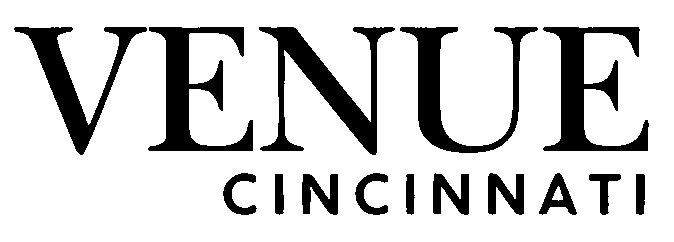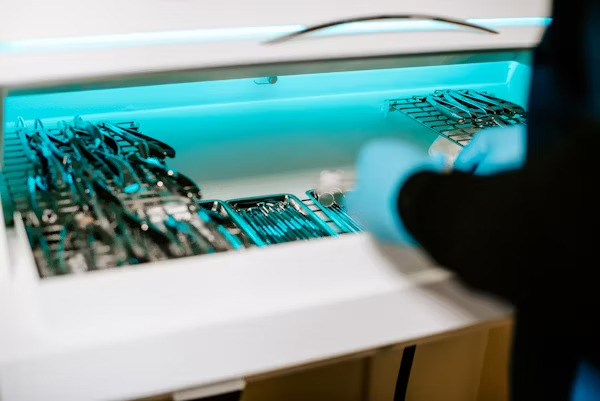Imagine a world that anticipates your needs. Your alarm clock triggers your coffee maker, your home adjusts its temperature before you arrive, and your fridge reminds you to buy milk. This isn’t science fiction anymore but the rapidly expanding reality powered by the Internet of Things (IoT). At its heart, IoT is about embedding connectivity and intelligence into everyday objects, allowing them to collect data, communicate with each other, and perform actions, often without direct human intervention. It’s less about the “internet” and more about the “things” becoming smarter and more interconnected, creating a seamless blend of the physical and digital realms.
The magic lies in a simple yet powerful ecosystem. Sensors embedded in devices gather information – temperature,motion, location, light levels, you name it. This data travels across networks (Wi-Fi, Bluetooth, cellular, etc.) to processing platforms, often in the cloud. Here, the data is analyzed, and insights are derived, leading to automated actions or alerts sent to a user interface, like a smartphone app or a dashboard. It’s a continuous cycle of sense, communication,analysis, and act.
The impact of this connected world is already tangible and growing across various facets of life:
- Smarter living: Homes become responsive environments with automated lighting, climate control, security systems, and intelligent appliances simplifying daily routines and enhancing comfort.
- Personalized health: Wearable devices like smartwatches and fitness trackers monitor vital signs, activity levels,and sleep patterns, providing valuable health insights and enabling remote patient monitoring.
- Efficient cities: Urban environments benefit from optimized traffic flow through connected signals, smart grids managing energy distribution, efficient waste management systems, and enhanced public safety measures.
- Industrial revolution: Manufacturing floors transform with predictive maintenance alerts from machinery,optimized supply chains through real-time tracking, and enhanced worker safety protocols.
- Agricultural advancements: Farms utilize sensors for monitoring soil conditions, moisture levels, and crop health, leading to optimized irrigation, resource management, and increased yields.
- Retail reinvented: Stores leverage IoT for automated inventory management, personalized customer experiences through beacons, and streamlined checkout processes.
While the possibilities seem endless, weaving this intricate digital tapestry comes with considerations like data security,user privacy, and ensuring different devices can actually talk to each other (interoperability). As more devices join the network, the complexity grows. Companies venturing into this space often find that specialized guidance, perhaps through internet of things consulting, helps navigate the technical and strategic hurdles effectively. The journey of IoT is about more than just connecting devices; it’s about fundamentally changing how we interact with our environment, making it more intuitive, efficient, and responsive to our needs. The connected future is not just coming, it’s already unfolding around us.

